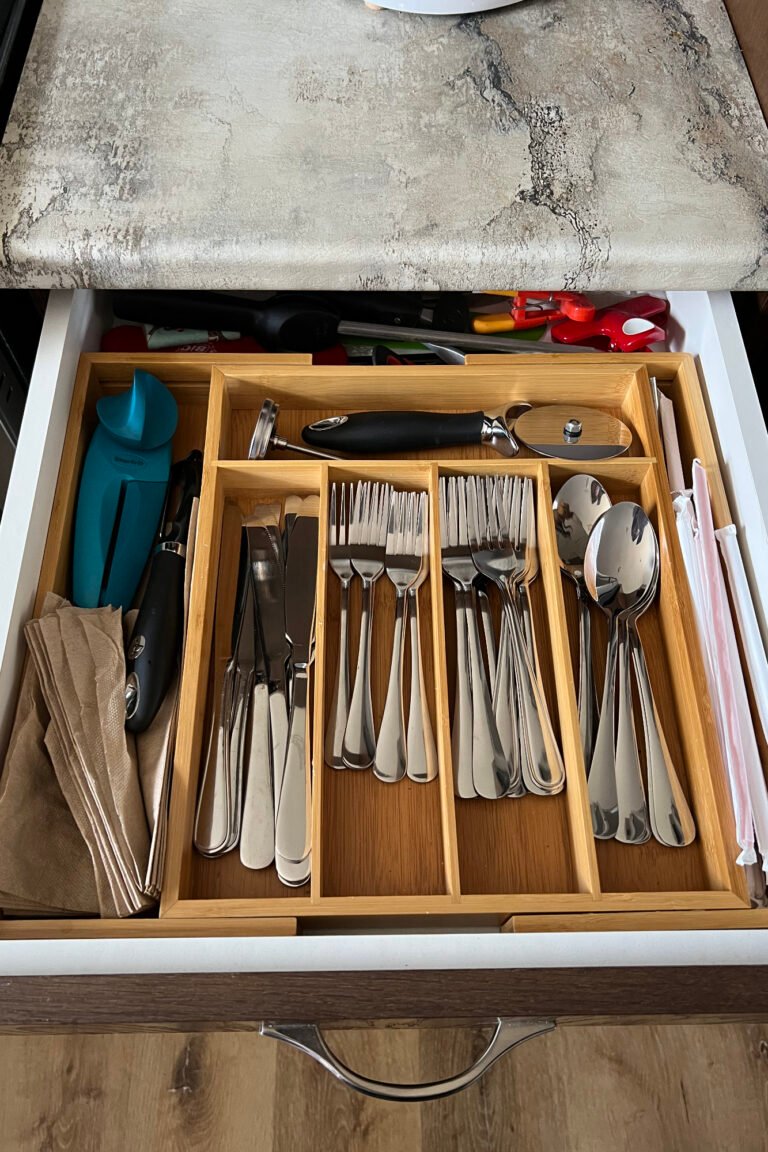5 Tips for Back to School Organizing
The back to school season is always a mix of anticipation, nervousness and a little bit of fear. Let’s get organized to make the season less challenging.
Creating a Functional School Schedule
Establishing a school schedule is absolutely necessary for increasing productivity and reducing stress for students. To create a functional school schedule, begin by listing out all of your commitments, including class times and assigned periods for homework and studying. This step is necessary for visualizing how much time is available each day. Tools such as physical planners or digital apps can make the scheduling process super easy. Digital apps often offer built-in reminders and categorization options that help keep tasks moving ahead easier. The use of colour-coding for different subjects or activities can also help streamline the process, giving a quick visual reminder for students to prioritize their tasks effectively.
Prioritizing tasks is another key aspect of creating a school schedule. Students should evaluate their assignments based on deadlines and difficulty levels, allowing themselves plenty of time to tackle the most pressing or challenging tasks first. A structured approach can lead to better focus and academic success, as students learn to work well within their time limits.
Flexibility is a basic component of any successful school schedule. Life can be unpredictable, and students should be prepared to adjust their plans as needed through the school year. By reviewing and adapting their schedules based on changing circumstances or demands, students can make sure that they remain on track while avoiding unnecessary pressure. This flexibility, combined with good time management, betters a student’s experience and performance in school.
Designing an Organized Study Space
Creating an organized study space is crucial for helping increase concentration and productivity for students. The first step in designing this dedicated area is selecting a good location within your home. In an ideal world, the study space should be in a quiet corner, away from high-traffic areas, where noise and interruptions are minimized. Not everyone has the dedicated space for a study nook, so we need to find a place within the home and make the best of it. It is necessary to make sure that the study spot is well-ventilated and comfortable to promote long periods of study.
Proper lighting and ergonomics are crucial aspects of a good study environment. Natural light is preferable, as it reduces eye strain and boosts mood. If natural light isn’t a workable option, grab a high-quality desk lamp that gives adequate brightness without causing glare. Ergonomic furniture should be prioritized; a desk and chair that allow students to sit comfortably and maintain good posture will support longer study periods without physical discomfort.
To minimize distractions, consider the use of noise-cancelling headphones or soft background music, which can improve focus for some students. It is also helpful to limit the use of mobile devices unless they are needed for studying, so you can minimize distractions. Establishing a routine around study times can help lay out work periods vs. leisure time, leading to a more focused approach toward study.
Organizing your study materials is equally important for maintaining an orderly space. Having storage solutions such as bookcases, shelves or bins can help keep books, stationery and tech tidy and within reach. Labelling these storage items helps students maintain a clutter-free space, boosting their overall learning experience. By creating an organized study space, students can create a great atmosphere for academic success.
Implementing a Backpack Organization System
Ah the dreaded backpack. Often full of crumpled papers and leftover lunches. A well-organized backpack can help boost a student’s school experience, which helps give their mental health a dopamine hit. The key to organization lies in categorizing items effectively, ensuring that school supplies, textbooks and personal belongings are easily found and utilized.
Start by emptying the backpack and going through all its contents. This is the Sort step from my SHOO system. This first decluttering process highlights what you need but it also gives you an opportunity to chuck out unnecessary items that may have built-up over time. Consider grouping school supplies into categories: writing instruments, notebooks and any additional items such as electronics or personal care products. Using small pouches for each category can streamline this process. For example, a designated pouch for pencils and erasers can prevent chaos and save time during class. You can also use my SHOO system to help with the backpack conundrum.
Another effective strategy includes using folders to organize handouts and assignments. Students should create a specific folder for each subject and ensure they are easy to identify. This will not only help in locating papers promptly but will also help keep documents from getting wrinkled or lost. Integrating a section for important personal items—like a water bottle, lunch or headphones—makes sure that these essentials are always within reach.
To keep this organization system going, add a quick weekly routine where the backpack is tidied. Regularly checking for items that are no longer needed or checking for reminders about upcoming assignments helps prevent clutter. By creating this routine, students can better manage daily transitions to and from school while minimizing last-minute stress caused by being disorganized. A systematic approach to backpack organization can lead to a more productive school experience.
Setting Up a Goal-Tracking System
Creating a goal-tracking system can definitely enhance a student’s motivation and performance through the school year. Establishing clear goals allows students to identify both short-term goals, such as completing assignments on time, and long-term aspirations, such as achieving a specific grade point average. By differentiating between these types of goals, students can maintain focus on immediate tasks while also keeping an eye on their big picture goals.
To help with this process, using a variety of tools can be helpful. Some students may prefer traditional methods like bullet journals or vision boards, where they can visually see their goals and track their achievements by being creative. Bullet journals allow for personalized organization, where students can set daily or weekly targets, while vision boards provide a motivational visual reminder of their goals. Digital tools like goal-tracking apps or spreadsheets can appeal to students who are more comfortable with tech, giving them a more streamlined way to track progress and make tweaks as needed.
Regularly checking in on progress is a crucial step in any successful goal-tracking system. By setting aside a few minutes each week or month to review their progress towards both short- and long-term goals, students can celebrate their achievements and visualize areas that require extra effort. This not only gives a sense of accomplishment but also encourages accountability. If specific goals are not being met, students can recalibrate their strategies and create action plans to make sure that they remain on the path toward success.
Ultimately, a well-structured goal-tracking system empowers students by promoting self-discipline and fostering motivation, helping to paving the way for both academic and personal growth throughout the school year!
Discover more from Nest + Note
Subscribe to get the latest posts sent to your email.






